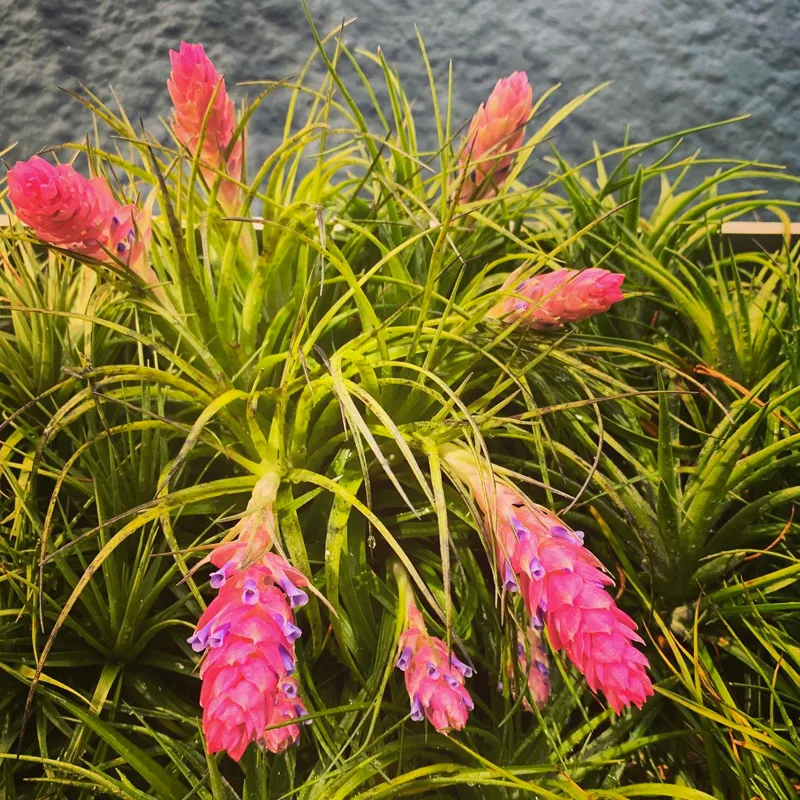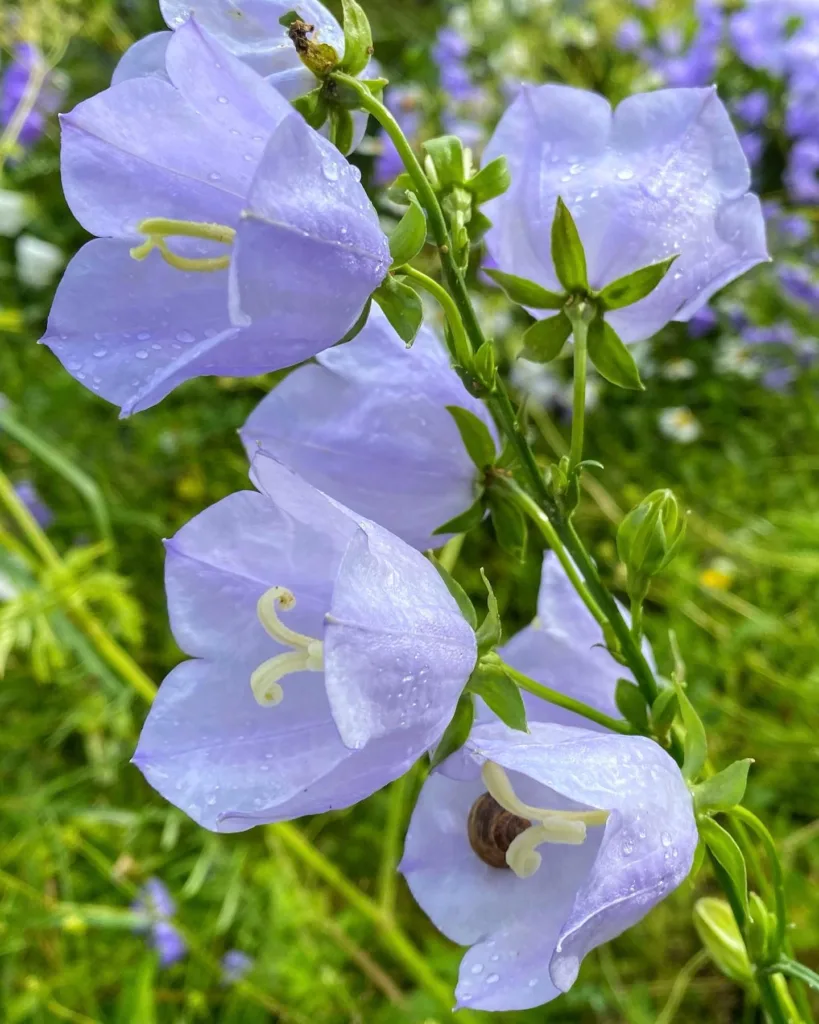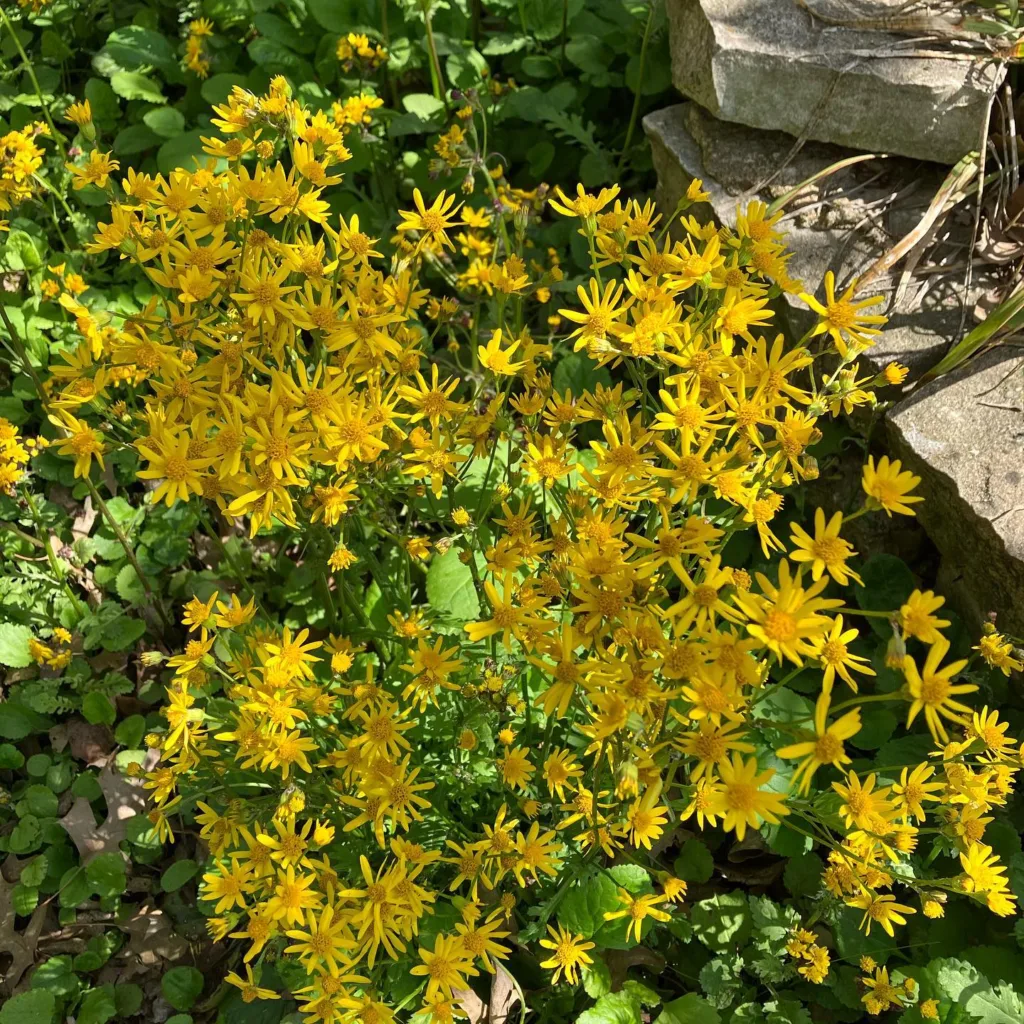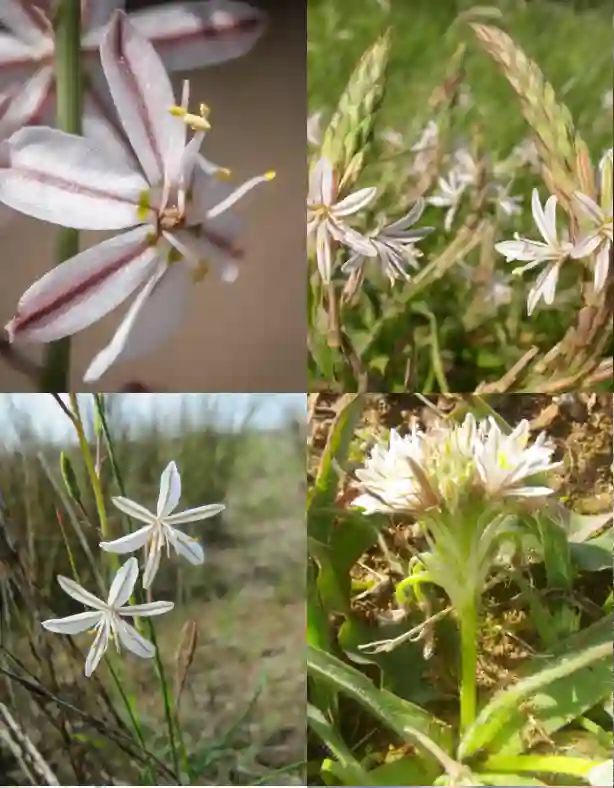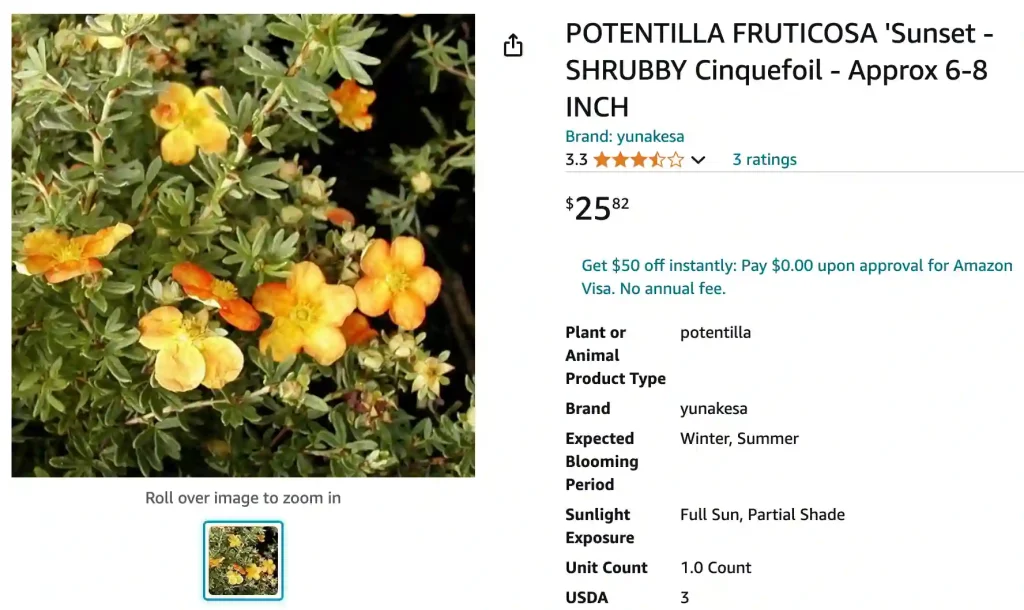
FAQs About Potentilla Fruticosa
As an avid gardener, I’ve always been drawn to plants that offer both beauty and resilience, which is why I find Potentilla Fruticosa to be such a delightful addition to any garden. Also known as Bush Cinquefoil, this hardy shrub provides bright, cheerful blooms throughout the growing season. Over the years, I’ve encountered numerous questions from fellow gardeners about how to care for and maintain Potentilla Fruticosa. In this article, I’ll answer some of the most frequently asked questions about this versatile plant, sharing insights from my own gardening experiences.
557 Species in Genus Potentilla – Cinquefoil
What is Potentilla Fruticosa?
Potentilla Fruticosa, commonly known as Bush Cinquefoil, is a deciduous shrub that belongs to the rose family. It is known for its vibrant flowers, which come in various colors, including yellow, white, pink, and red. These flowers typically bloom from late spring to early autumn, making Potentilla Fruticosa a favorite for adding color to gardens for an extended period. The plant’s dense, bushy form and small, pinnate leaves provide a lovely backdrop for its bright blooms. It’s a hardy plant, well-suited for USDA zones 2 through 7, and it can tolerate a wide range of soil types, provided they are well-drained.
How to Plant Potentilla Fruticosa?
Planting Potentilla Fruticosa is relatively straightforward. The best time to plant is in the spring or fall when temperatures are cooler. Choose a location with full sun to partial shade, as this will ensure the best flowering. Dig a hole that is twice as wide and the same depth as the root ball of the plant. Place the Potentilla in the hole, ensuring that the top of the root ball is level with the soil surface. Backfill with soil, firming it gently around the base of the plant. Water thoroughly to settle the soil, and apply a layer of mulch to help retain moisture and suppress weeds.
How to Care for Potentilla Fruticosa?
Caring for Potentilla Fruticosa is quite easy, which makes it a favorite among gardeners. It requires minimal maintenance once established. Regular watering is important, especially during dry spells, but avoid overwatering as Potentilla does not like soggy soil. A balanced, slow-release fertilizer can be applied in early spring to promote healthy growth. Potentilla Fruticosa is generally pest and disease-resistant, but it’s always a good idea to keep an eye out for any signs of trouble, such as leaf spots or powdery mildew, which can occasionally occur in humid conditions.
How to Prune Potentilla Fruticosa?
Pruning Potentilla Fruticosa helps maintain its shape and encourages more vigorous blooming. I usually prune my Potentilla in early spring, just before new growth begins. Start by removing any dead or damaged branches. Then, thin out the plant by cutting back a third of the older stems to ground level. This helps improve air circulation and light penetration. You can also lightly trim the plant after the first flush of flowers to encourage a second round of blooms. Regular pruning keeps the shrub looking neat and prevents it from becoming too woody and overgrown.
When to Prune Potentilla Fruticosa?
The best time to prune Potentilla Fruticosa is in early spring, just as the plant starts to break dormancy. Pruning at this time allows you to remove any winter-damaged branches and shape the plant before it starts its active growing season. Light pruning can also be done after the flowering period to maintain the desired shape and promote new blooms. Avoid heavy pruning in late fall, as this can leave the plant vulnerable to winter damage.
Is Potentilla Fruticosa Evergreen?
Potentilla Fruticosa is not an evergreen shrub; it is deciduous, which means it loses its leaves in the fall. However, the plant’s attractive bark and twig structure provide winter interest in the garden, even when the leaves and flowers are absent. In colder climates, the shrub will die back to the ground but will regrow in spring.
How to Propagate Potentilla Fruticosa Goldfinger?
Potentilla Fruticosa ‘Goldfinger’ is a popular variety known for its large, bright yellow flowers. Propagating this variety is relatively easy. The best method is to take softwood cuttings in early summer. Cut a 4-6 inch section from a healthy, non-flowering shoot, remove the lower leaves, and dip the cut end in rooting hormone. Plant the cutting in a pot filled with a mixture of peat and perlite, and keep it moist. Place the pot in a bright, indirect light location, and roots should develop in a few weeks. Once the cuttings are well-rooted, they can be transplanted to the garden.
Can You Grow Potentilla Fruticosa Indoors?
Potentilla Fruticosa is best suited for outdoor gardens due to its size and growth habits. It can grow up to 3 feet tall and wide, making it too large for most indoor settings. However, it can be grown in containers outdoors, which allows for more control over its growing conditions. If you have a greenhouse or a sunroom, you might be able to keep Potentilla Fruticosa indoors temporarily, but it will likely not thrive as well as it would outdoors.
Is Potentilla Fruticosa Toxic?
Potentilla Fruticosa is not known to be toxic to humans or pets, making it a safe choice for gardens where children or animals may be present. This non-toxic nature, combined with its vibrant flowers and low maintenance requirements, makes it an excellent choice for family gardens.
Where to Buy Potentilla Fruticosa?
Potentilla Fruticosa can be purchased at most garden centers and nurseries. Look for healthy plants with vibrant foliage and no signs of pests or disease. You can also buy Potentilla Fruticosa online from reputable plant suppliers. When buying online, ensure the seller has good reviews and provides a guarantee for their plants. This will help you get a quality plant that will thrive in your garden.
What to Plant with Potentilla Fruticosa?
Potentilla Fruticosa pairs well with a variety of other plants. I like to plant it alongside ornamental grasses, which provide a nice contrast with their fine texture. It also looks great with other flowering shrubs like Spirea or Weigela, which can complement Potentilla’s vibrant blooms. For a more formal look, you can plant Potentilla as a low hedge or border, where its dense growth habit will create a neat, defined edge.
Common Problems with Potentilla Fruticosa
While Potentilla Fruticosa is generally trouble-free, it can occasionally face problems. Poor flowering can occur if the plant is not getting enough sunlight or nutrients. Ensure it’s planted in a sunny location and fertilize in early spring. Yellowing leaves might indicate overwatering or poor drainage. Adjust watering practices and check soil conditions if you notice this issue. Powdery mildew can also be a problem in humid climates, but proper spacing and pruning can help improve air circulation and prevent fungal issues.
Potentilla Fruticosa is a versatile and beautiful shrub that can add a splash of color to any garden. With the right care and maintenance, it will thrive and provide stunning blooms year after year. Whether you’re a seasoned gardener or a beginner, Potentilla Fruticosa is a plant that you’ll find rewarding and enjoyable to grow.
If i die, water my plants!
